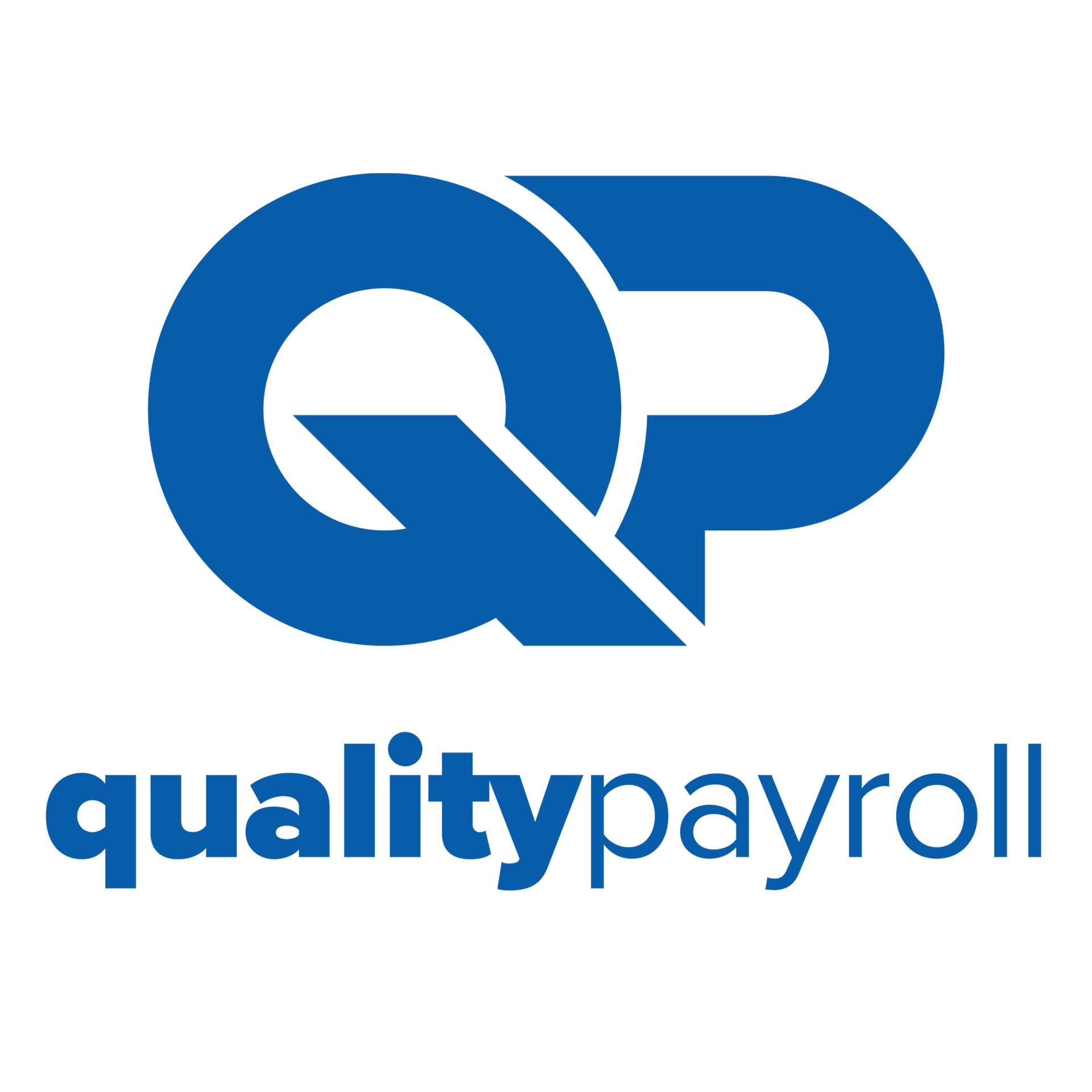Mastering Payroll Documentation: A Guide for Modern Businesses
For modern businesses, mastering the art and science of payroll documentation is as crucial as any other core operation. The precision and care taken in maintaining payroll records reflect not just a company's organizational prowess but its commitment to legal compliance and its respect for the employer-employee relationship. Through exploring effective filing systems, understanding retention schedules, and embracing the role of digital records, businesses can fortify their operations against audits and uphold the sanctity of informational integrity.
The Imperative of Accurate Payroll Records
Maintaining accurate payroll records is fundamental. Each payroll cycle generates a vast amount of data, from hours worked to taxes withheld, and each datum requires meticulous recording. Accurate payroll documentation not only safeguards against compliance issues but also serves as a reference point for employee inquiries and internal analyses.
Effective Payroll Filing Systems
An effective filing system is the backbone of payroll documentation. It delineates where and how records are kept, streamlining the retrieval process. Traditional filing systems may involve physical files organized alphabetically, numerically, or by date, whereas electronic systems might utilize databases sorted with similar logic. A hybrid approach often balances the tangible security of paper with the accessibility of digital storage.
Digitization of Records
The digital transformation has reshaped payroll documentation. Digital records offer several advantages, such as improved searchability, reduced physical storage needs, and enhanced security through encryption and access controls. Choosing the right payroll software automates many aspects of documentation, from generating pay stubs to integrating time tracking and tax computations.
Structuring Documentation for Easy Access
Well-structured documentation enables quick access to needed records. This involves categorizing files into logical groups, such as employee details, time sheets, pay slips, and tax forms. A clear labeling system further enhances efficiency, whether through a consistent naming convention for digital files or well-marked folders for physical documents.
Employee Information Accuracy
The cornerstone of payroll documentation is the accuracy of employee information. This encompasses the basics like names and social security numbers, as well as more dynamic data such as addresses, job titles, and withholding allowances. Regular audits of employee information are crucial, ensuring that changes are promptly reflected in the payroll system.
Timekeeping and Wage Calculation Records
Documenting hours worked is a legal requirement and vital for accurate wage calculations. Timekeeping systems should be reliable and verifiable, recording clock-ins and clock-outs, meal breaks, and overtime. Payroll records must then reconcile this data with wage calculations, evidencing compliance with minimum wage and overtime laws.
Tax Records and Compliance
Tax records are a critical element of payroll documentation. This includes federal and state tax withholdings, payroll taxes paid by the employer, and year-end documents like W-2s and 1099s. Precise recordkeeping and timely filings help prevent penalties and interest on unpaid taxes.
Retention Schedules and Legal Requirements
Understanding retention schedules is vital. Federal and state laws mandate how long various payroll records must be kept, typically ranging from two to seven years, depending on the type of record and jurisdiction. Adhering to these timelines ensures that records are available for potential audits or employee disputes.
Payroll Documentation as a Defense Against Audits
Audits are a reality for businesses, and comprehensive payroll documentation is the first line of defense. Detailed records demonstrate due diligence and regulatory compliance. In the face of scrutiny, the ability to quickly produce accurate documentation can significantly reduce the disruption and stress associated with audits.
Best Practices for Record Security and Privacy
Payroll records contain sensitive information, necessitating robust security and privacy measures. Physical documents should be kept in secure locations with limited access, while digital records require appropriate cybersecurity protocols, including regular backups and controlled user permissions.
Training and Knowledge Sharing
For payroll documentation systems to be effective, those responsible for maintaining them require proper training. Knowledge sharing ensures that more than one individual understands the system and can step in when necessary, safeguarding the continuity of documentation processes.
Continual Review and Process Improvement
The landscape of business is in constant flux, necessitating that payroll documentation practices be regularly reviewed and updated. This might involve new technologies, adjusting to changes in labor laws, or streamlining documentation processes for efficiency.
Payroll documentation is not a mere bureaucratic exercise; it is part and parcel of a business's operational excellence. By establishing robust documentation practices—grounded in accuracy, organized by effective filing systems, fortified by digital transformation, and governed by clear retention policies—businesses protect themselves from the reputational and financial risks associated with non-compliance. They also lay a foundation of trust and reliability that employees and stakeholders value highly. With these practices in place, businesses can concentrate on growth and innovation, secure in the knowledge that their payroll documentation is precise, compliant, and easily accessible.
Say goodbye to the hassle of manual documentation and welcome a new era of digital payroll management. Contact us today to get started. Let us guide your business toward streamlined, secure, and compliant payroll documentation.










